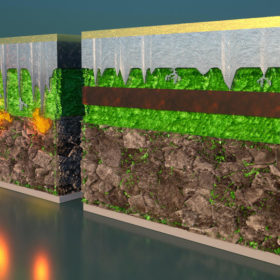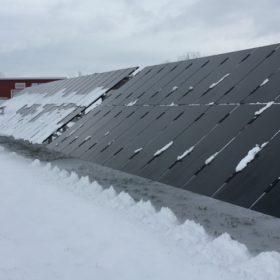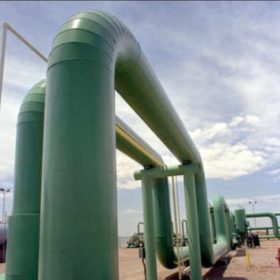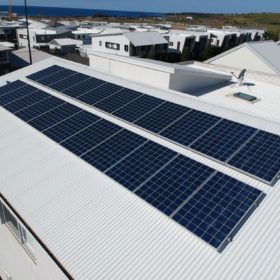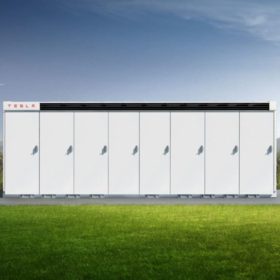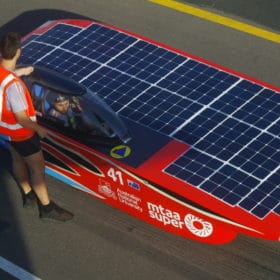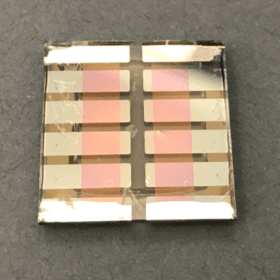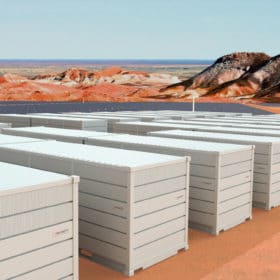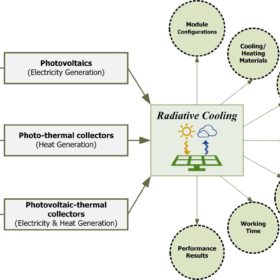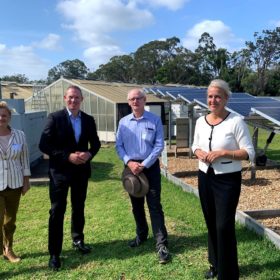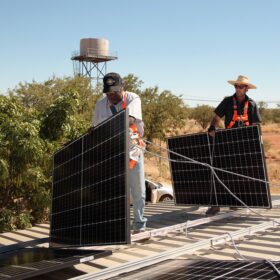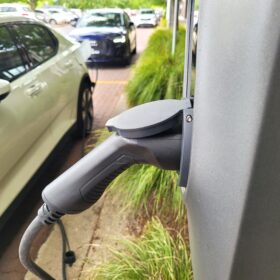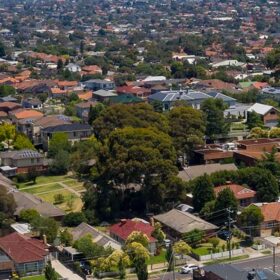Harvard scientists unveil solid-state lithium battery that can be charged and discharged at least 10,000 times
US scientists have created a new design for lithium-metal, solid-state batteries that should avoid the formation of dendrites that grow into the electrolyte. Their multilayered battery could potentially recharge electric vehicles within 10 to 20 minutes.
Going fission! How scientific enquiry by UNSW may push solar cell efficiency to 38.2%
Cross-pollination of scientific and engineering thought within the ARC Centre of Excellence for Exciton Science has led to promising findings on the the cool solar-cell efficiency-boosting mechanism known as singlet fission.
‘Hydrogen as a universal climate solution might be a bit of false promise’
Hydrogen and hydrogen-based fuels will not be able to move forward fast enough to replace fossil fuels and tackle climate change, according to a German-Swiss research team that claims direct electrification alternatives are cheaper and easier to implement. The scientists cite too-high prices, short-term scarcity and long-term uncertainty, as the main reasons for their skepticism, which has caused a stir in academic circles.
Solar Citizens warns controversial ‘sun tax’ shapes as threat to NEM
Solar Citizens has warned the Australian Energy Market Commission’s controversial proposal to make solar PV owners pay to export their surplus production to the grid could send the National Electricity Market into a ‘death spiral’.
Tesla shifts battery chemistry for utility-scale Megapack energy storage system
The famous electric car manufacturer is reportedly shifting to cobalt-free lithium iron phosphate (LFP) batteries for its utility-scale battery.
Australia’s only solar manufacturer helps students construct solar race car
Tindo Solar, Australia’s only solar panel manufacturer, has teamed up with a group of engineering students from the Australian National University to help them construct a solar race car.
Organic solar for high-speed data detection and indoor light harvesting
Researchers in the United Kingdom have built a 14%-efficient organic PV device that can be used in high-speed optical wireless communication systems. The cell consists of a 4×2.5mm photoactive layer fabricated with a bulk heterojunction of a polymer donor and fullerene and non-fullerene acceptors.
Going with the vanadium flow: Yadlamalka battery takes shape
A new South Australian big battery will show the value of deploying diverse storage technologies in the NEM. Matt Harper calls pv magazine Australia from Canada, to talk tech.
The best radiative cooling tech for PV arrays
Scientists in China have analysed the radiative cooling techniques used in combination with solar energy systems such as PV arrays, solar thermal collectors, and concentrated PV installations. They identified five major system typologies based on functionality and working time.
“Queenslander!” – Sunshine State likely to oppose AEMC solar export charge
Queensland is likely to join Victoria in dissension on the Australian Energy Market Commission’s draft determination which is being called a tax on solar. The Queensland Energy Minister, Mick de Brenni, has criticised the plan. Could this be the domino which brings the other states and territories falling into place against a rule change?
